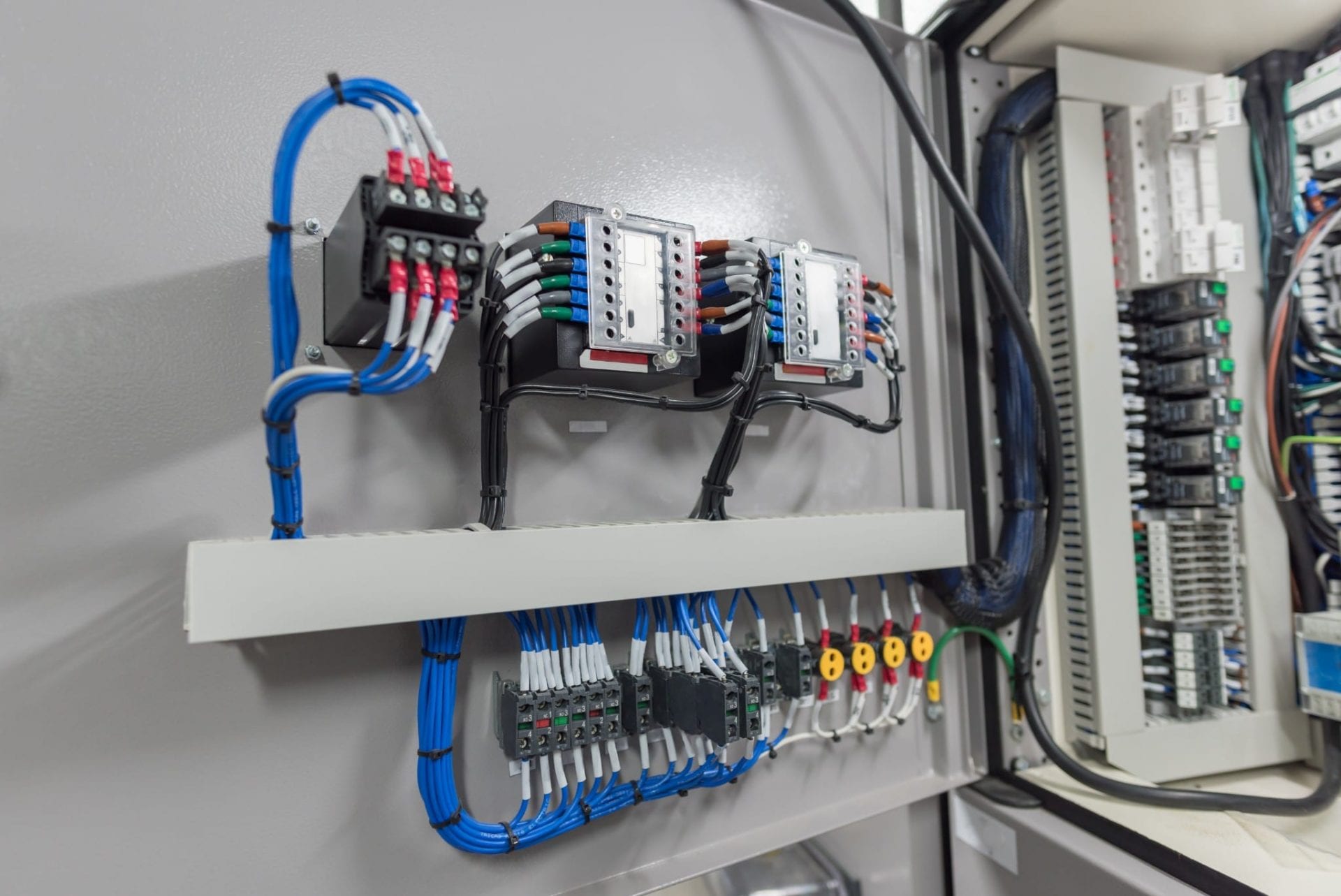A Step-by-Step Beginner's Guide to Electrical Wiring

Electrical wiring is an essential component of any home and understanding it is crucial for each homeowner. It is not just important to ensure the efficient functioning of your home but it’s also essential for your safety. In this article, we will go over the fundamentals of electrical wiring as well as the importance of security and the advantages having an accredited residential electrician to handle all of your electrical wiring needs.
Understanding the basics of electrical wiring
Electrical wiring is the set of electrical conductors which run throughout your home, providing electrical power to your appliances as well as lighting fixtures. It works by forming electrical circuits which connect your power source and your appliances. Circuits for electrical power are comprised of wires, switches, as well as other components of electricity that work together to create a safe and reliable electrical system. There are different types of electrical wiring. These include aluminum, copper, and types of wire insulation like PVC paper, rubber, or.
Preparation and planning for electrical Wiring
When installing an electrical wire, you must consider many things to think about, including the type of wiring you require, the power capacity that your electric system can handle and the power requirements you require. It is also important to be aware of the electrical wire regulations as well as permits required in your area. In order to prepare for electrical wiring, you must create an electrical plan, and then assess your electrical needs. This will make sure that the electrical wiring is safe, efficient, and meets the power requirements of your home.
Materials and Tools Required to conduct electrical wiring
When installing new electrical wiring, it is essential to have the appropriate tools and materials available. The most important tools are strippers, wire cutters pliers, as well as the voltage tester. Other items required for electrical wiring are electrical tape, wire nuts, conduit, along with electrical boxes. It’s also beneficial to be equipped with a wiring diagram to guide you through the installation process.
Step-by-Step Instructions for Installation of Electrical Wiring
Installation of electrical wiring can be a complex process However, with the proper tools and expertise it can be accomplished quickly and safely. Here is a step-by-step guide for installing new electrical wiring at home:
Switch off the power in the location where you’ll be working.
Plan the wiring layout and mark the location where the wiring will be installed.
Install electrical boxes and conduit where necessary.
Cut and strip wires to the correct length.
Connect the wires to the devices or fixtures that you’re wiring.
Connect the wires using wire nuts, electrical tape or even conduit straps.
Test the wiring to ensure it is functioning properly.
In the process of installing, it is important to adhere to wiring installation best methods and suggestions. Additionally, be aware of common mistakes in the installation of electrical wire, like over-loading the circuits of damaged wires, as well as using the wrong kind of wire.
Troubleshooting Electrical Wiring Problems
Even with careful planning as well as installation issues may occur. The most frequent issues are wiring damages, circuit overloads, and electrical shorts. To solve these issues, it is important to know about common electrical wiring issues and know how to effectively and safely address the issue. In addition, it is essential to follow the proper electrical safety protocols in the event of a problem with electrical wiring like shutting off the power and wearing protective gear.
Conclusion
Understanding the how your electrical wiring is wired in your home is crucial for your safety and for the proper operation of your electrical system. It is essential to employ an accredited electrician to ensure your wiring is set up and maintained properly. At Local Electrician Sutherland, we provide various electrical services, which include wiring installation and repair. Contact Local Electrician Sutherland at 1300 941 876 for all of your electrical wiring needs.
Electrical Wiring FAQ
Here are some frequently asked questions regarding electrical wiring, along with extra safety advice and the best practices for electrical wiring installation and repair:
What type of wire do I need to use for my electrical wiring?
The type of wire you choose to use for your electrical wiring will depend on the particular requirements of your project and the local building codes. It is important to use the right gauge for your wire as well as the appropriate insulation type and wire materials to ensure the security and effectiveness for your wiring system.
Do I have to install an electrical wire of my own?
While it is possible to build the wiring yourself, it is crucial to have the expertise and experience to install it effectively and safely. In the majority of cases it is recommended that you hire an experienced electrician to ensure your wiring is installed and maintained properly.
How often should I have my electrical wiring inspected?
It is recommended that you inspect your electrical wiring every 10 years or when you observe signs of electrical problems like frequent trips to the circuit breaker or electrical shocks.
What should I do if I notice electrical wiring problems in my home?
If you notice any electrical wiring issues in your home, such as flickering lights or outlets that won’t work, it is important to take action immediately. Shut off power to the area affected and then contact a licensed electrician to assess and repair the problem.
By following these suggestions and best practices, you can make sure you have electrical connections that are safe and operating properly. Remember to prioritize safety and seek out a licensed electrician when needed. Reach out to Local Electrician Sutherland at 1300 941 876 for all your electrical wiring needs.
